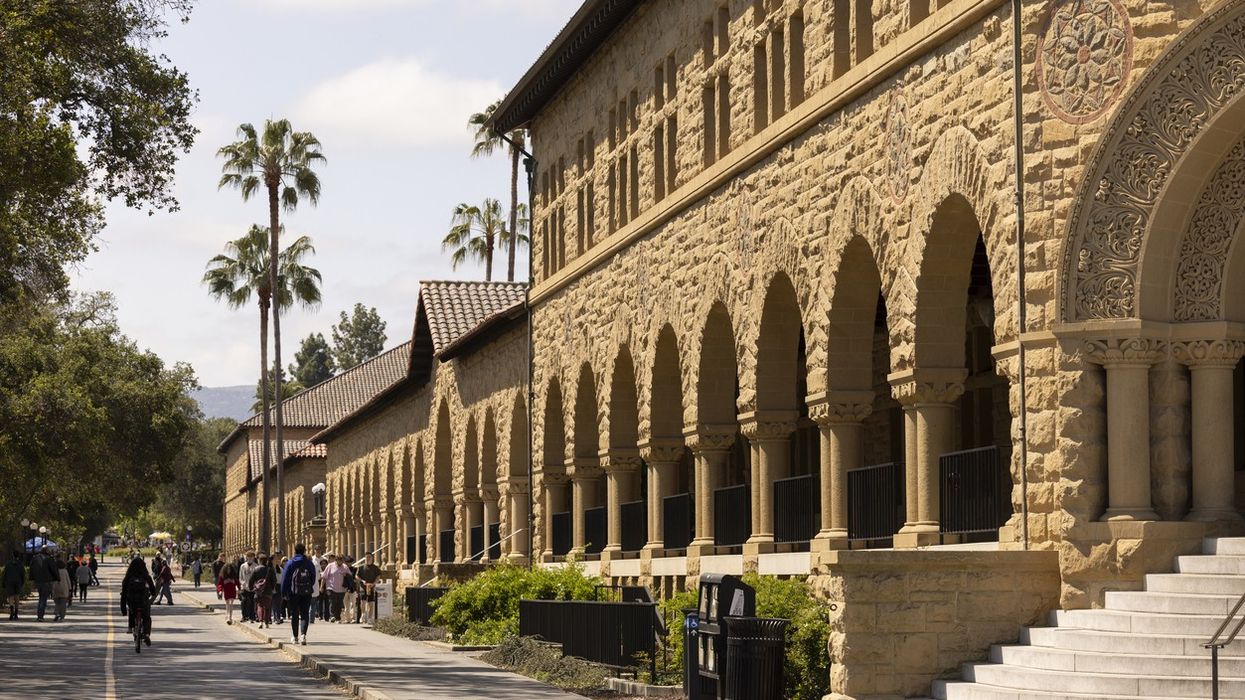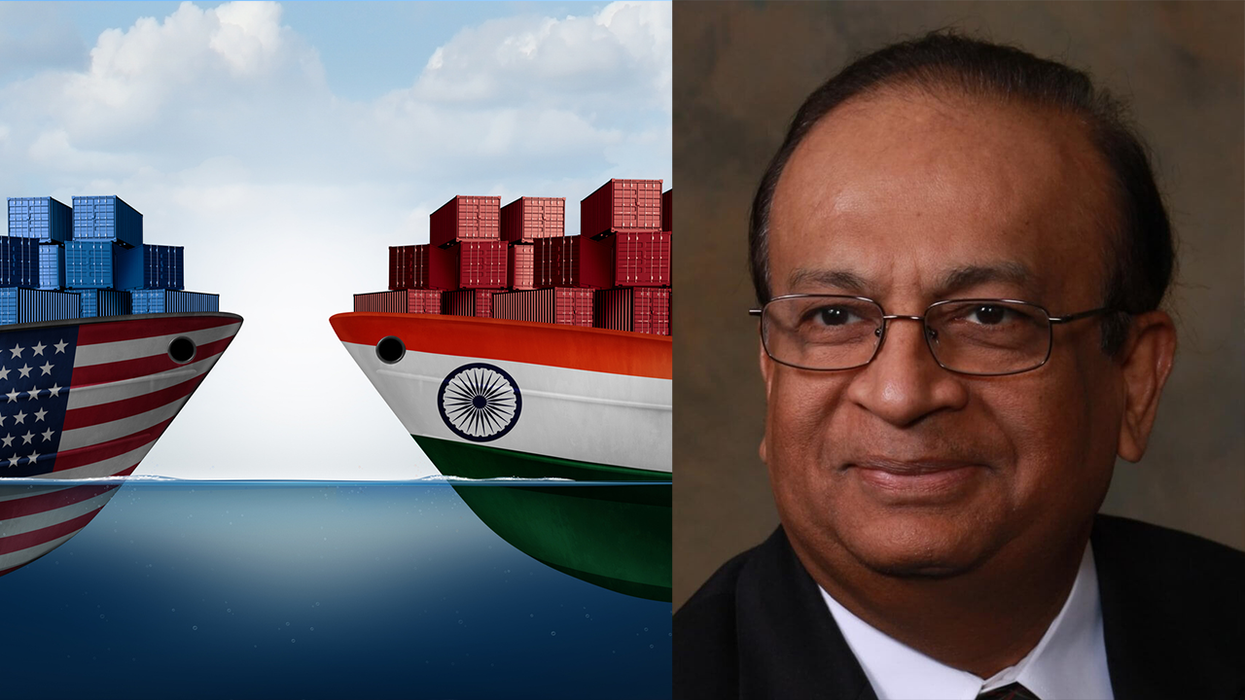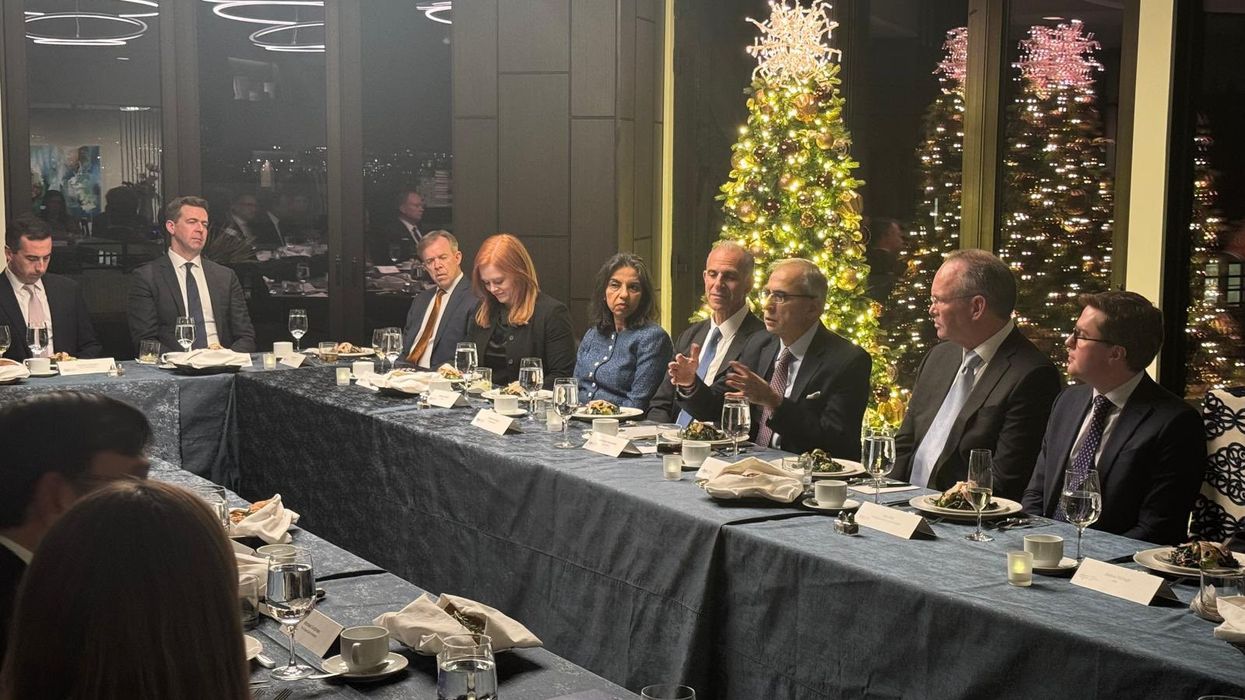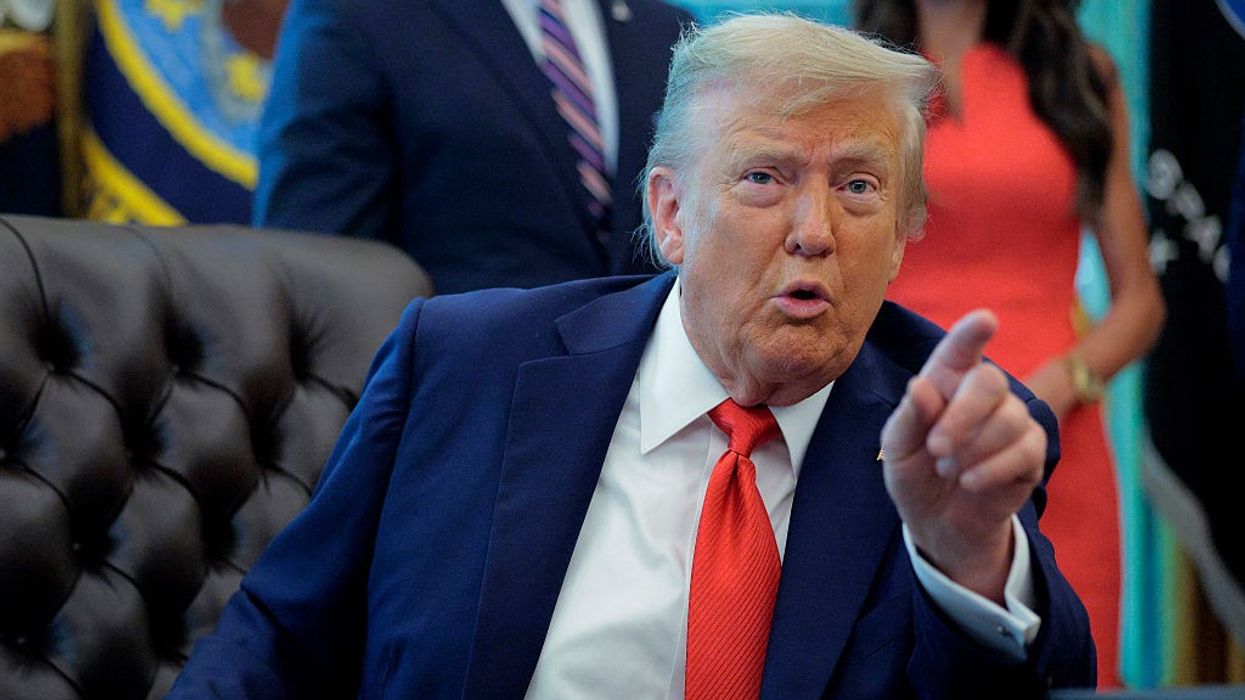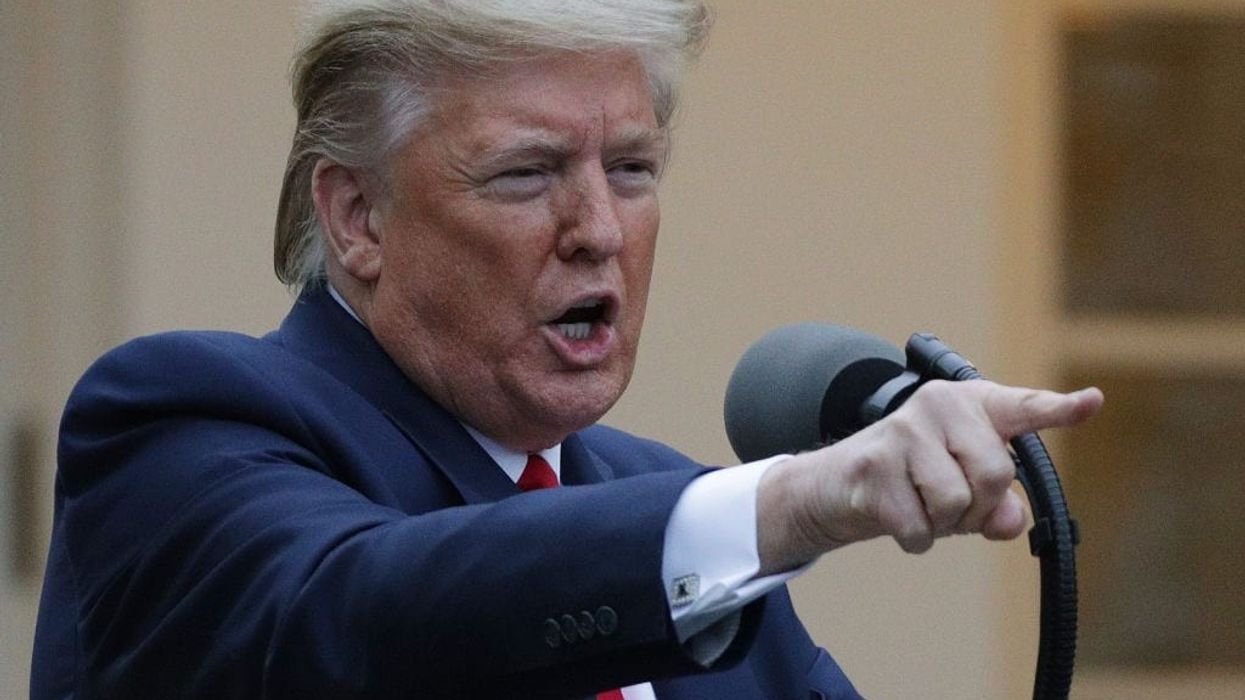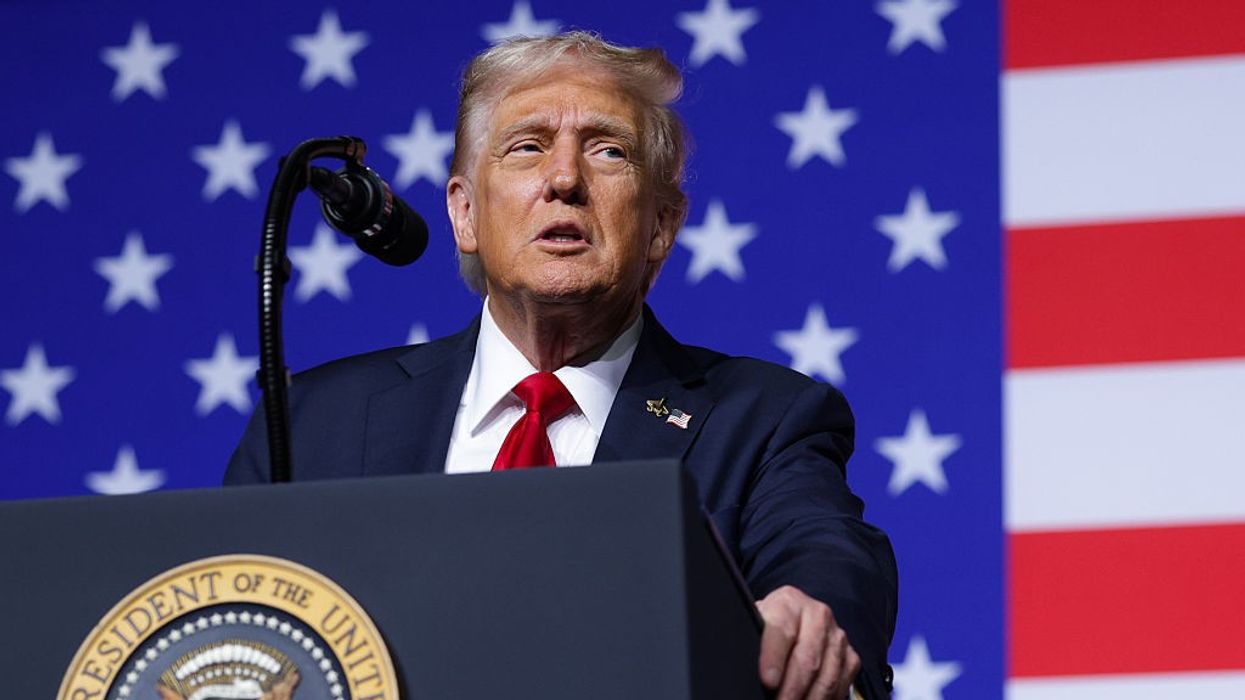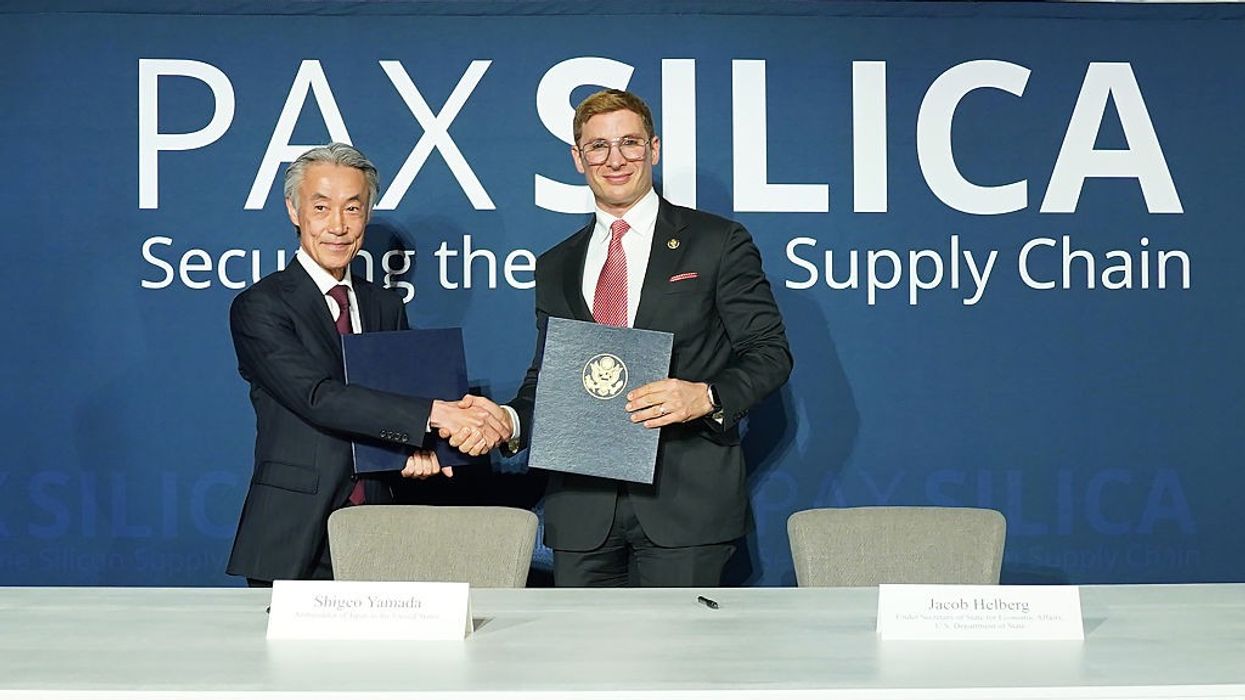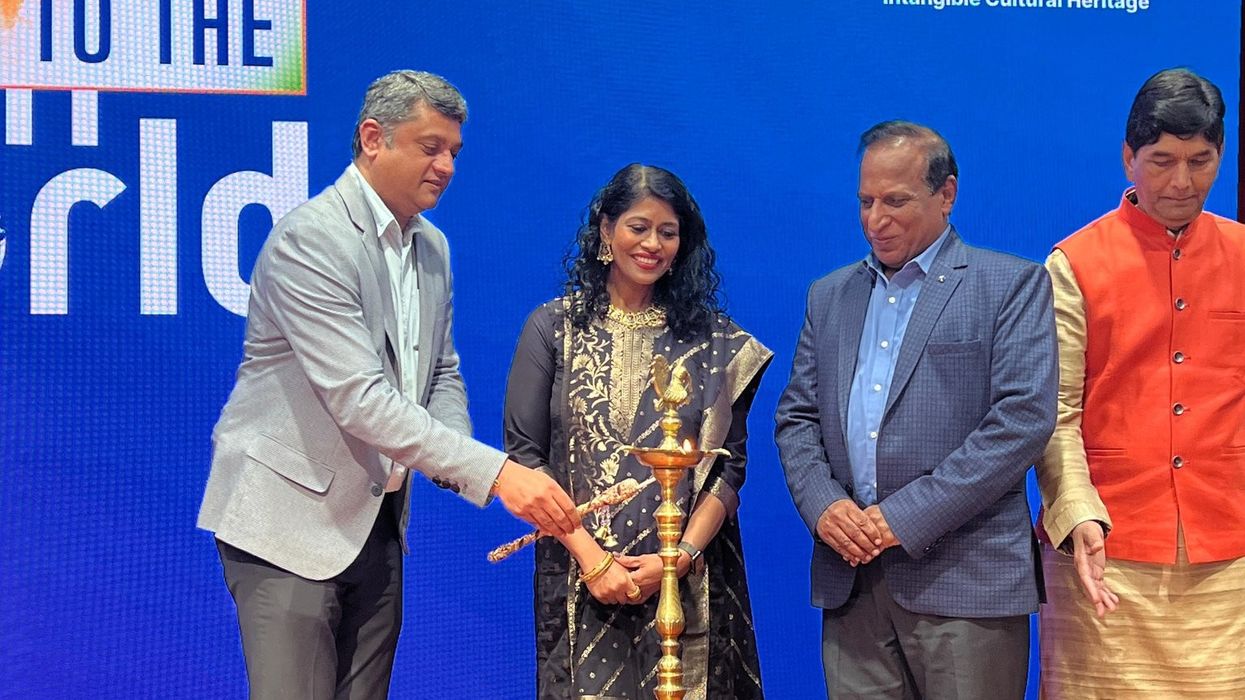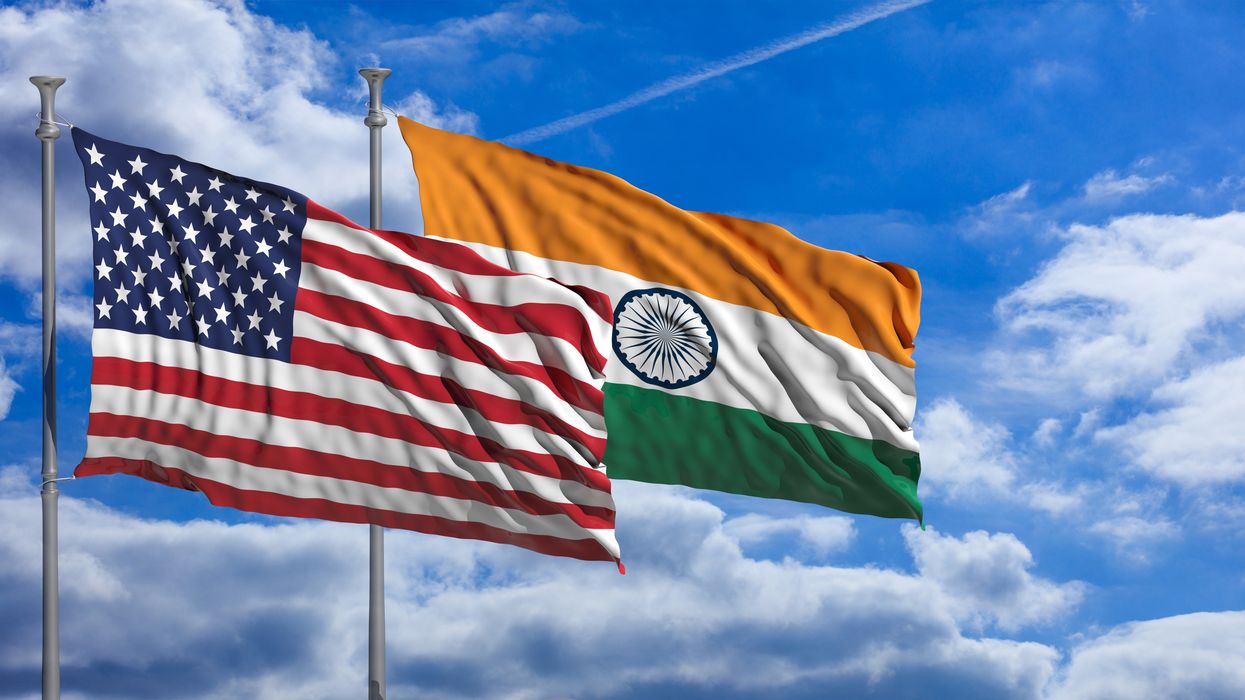India and the United States have made notable headway towards a landmark interim trade agreement after four days of closed-door meetings in New Delhi, which concluded on Tuesday (10). The high-level negotiations, led by senior officials from both nations, focused on boosting annual bilateral trade from the current $190 billion to an ambitious $500 billion by 2030.
Focus on Market Access, Tariffs, and Non-Tariff Barriers
The talks centered on expanding market access for industrial and select agricultural products, reducing tariffs, and addressing non-tariff barriers that hinder trade between the two countries. Both sides discussed ways to provide preferential market access to businesses, with India offering lower tariffs on high-value US products like almonds, pistachios, and walnuts, while resisting US demands to open its markets to wheat, dairy, and corn imports.
India also pressed for the removal of a 10 per cent baseline tariff imposed by the US, but American negotiators countered that even key allies like the UK are subject to this tariff. On steel, India sought exemption from Washington’s 50 per cent tariffs, signaling willingness to increase imports of American energy, including LNG, crude oil, coal, and defense equipment.
Digital Trade and Customs Facilitation
A key focus area was boosting bilateral digital trade and improving customs and trade facilitation measures. Both sides explored initiatives to streamline customs procedures, enhance supply chain resilience, and remove technical barriers to trade, aiming to make it easier for businesses to operate across borders.
Early Wins and Path to an Interim Agreement
Government sources described the negotiations as “fruitful,” with “early wins” achieved on several fronts. The discussions have set the stage for a mutually beneficial and balanced agreement, with both sides committed to expediting the conclusion of the initial phase of the trade pact. An interim agreement is anticipated to be signed by the end of June, potentially on the sidelines of the G7 Summit in Canada, where President Trump and Prime Minister Modi are expected to meet.
Tariff Deadlines and Political Context
The urgency to finalize an interim deal comes as the US’s 26 per cent reciprocal tariff on Indian goods, suspended until July 9, threatens to severely impact Indian exports such as textiles, footwear, rice, and shrimp if not resolved.
President Trump is reportedly keen to sign a deal before the expiration of his 90-day pause on these tariffs, while India is seeking full exemption from both the 26 per cent reciprocal tariff and the 10 per cent baseline duty.
Next Steps: Comprehensive Pact by Autumn
While the current focus is on reaching an interim agreement addressing simpler issues, more complex matters are expected to be negotiated in the next phase, with the goal of signing the first tranche of a comprehensive bilateral trade pact by September or October. Commerce Minister Piyush Goyal, currently in Switzerland for EU trade talks, confirmed India’s readiness to proceed on this phased approach.
With significant progress achieved in the latest round of talks, both India and the US are optimistic about finalizing an interim trade agreement that will lay the foundation for doubling bilateral trade and deepening economic ties between the world’s two largest democracies


